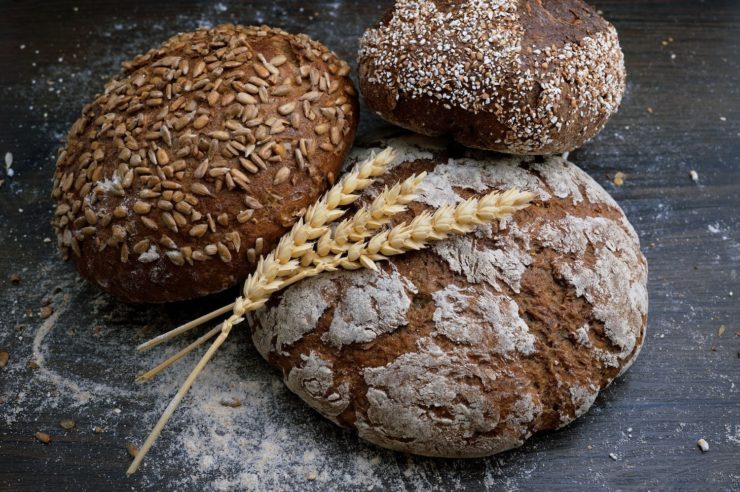“There is not a thing more positive than bread.” So said Fyodor Dostoevsky, and as someone who needs little more than a decent sourdough loaf and a spread of good Irish butter to be blissfully happy, I wholeheartedly agree.
Bread is one of our oldest recipes as humans, and nearly every culture has developed its own variety. It became such an important staple in our diets that the Roman empire and, later, medieval Europe established baking collegiums—systems to keep bread prices fair, for the good of the public.
Of course, after the industrial revolution and the popularization of bread machines, bread became more accessible than ever. Baking your own loaves of bread is now more of a special, almost nostalgic thing to do in your kitchen. The yeasty scent of bread dough rising and the pleasure of kneading a loaf by hand can make you feel like a historical re-enactor, hearkening back to an archaic skill (even while you preheat your electric oven and listen to a podcast on your twenty-first century headphones).
I’ll always recommend baking your own loaf of bread at least once in your life, because there’s something so gratifying about eating something you made from scratch. The simple mixture of leavening, grain, and water turns into a crusty dome of warm, pillowy sustenance—even the lumpiest, sorriest loaf of bread is a comfort to nibble.
Bread is not only a staple of life, it’s a staple of fantasy.
It’s a cliché at this point—the hero pulls a chunk of bread and a rind of some hard cheese from his knapsack, and it is enough to sustain them until the next chapter. The cliché is not without reason—bread travels well. It’s pretty cheap, odorless. It requires no further preparation or cleanup, so it’s perfect if you’re a wizard on the go or if you’re being hunted by the fae. And the universality of bread likely makes it appealing for fantasy authors reaching for something to feed their characters that is boringly undistracting and also fairly neutral, even across historical and cultural touchpoints.
One massive contribution to the stereotype of the fantasy novel is lembas bread, that special wafer-like bread made by Tolkien’s elves in THE LORD OF THE RINGS. Lembas is highly nutritious, suitable for long travel, almost a Middle-earth version of hard tack. It’s certainly influenced the standard for baked goods in fantasy novels, but there is a whole assortment of other delicious breads in the genre to be devoured.
So not only do I recommend making your own bread, I recommend reading books that feature bread—if you’re looking for a specific recipe, take a gander at the offerings. See if anything appeals to your taste.
The Year of the Witching by Alexis Henderson
For sustenance while questioning the patriarchy
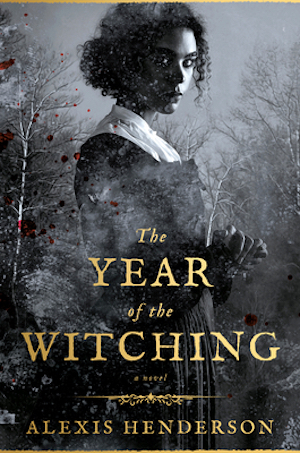
The Year of the Witching is a 2021 horror fantasy novel about a rigid, puritanical society where polygamy, strict gender roles, and authoritarian religious practices keep people tethered to their worship and divorce them from their full humanity.
Breads, biscuits, and scones are baked by Anna, the youngest of the Prophet’s wives. While she is a cheerful and faithful mother, the protagonist, Immanuelle Moore, sees such devotion for what it is—a façade. Mention of bread pops up in this book almost as flashes of innocence before the darker parts of the story take over. There are picnics, crusts of bread slathered with jam, wedges of bread passed between the bars of a jail cell, all of which bring to mind the charming details of colonial America—but the domestic chores of breadmaking, childrearing, and husband-pleasing are mandated to choke Immanuelle and the other women in Babel, and to nourish the leaders corrupt with misogyny and racism.
Ratman’s Notebooks by Stephen Gilbert
For taming rats to do your bidding
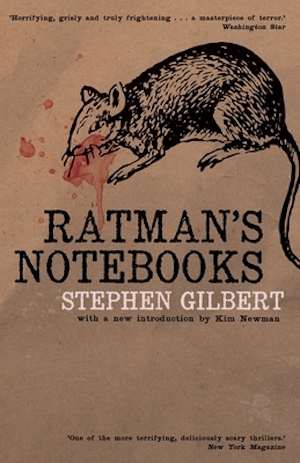
I’m sure you know this tale best from its movie adaptation, 2003’s Willard starring Crispin Glover as the titular rat-whispering character, but this pulpy suburban horror thriller about a socially awkward, secretly rage-filled misfit who trains the rats in his garden to wreak revenge is a glorious book to read if you’re wanting to nibble on some crusts.
The narrator’s mother asks him to kill the rats who have been swarming in their yard. Feeling lonely and put-upon by his aging mother’s demands and the stresses of a boss who won’t respect him and a girl who won’t date him, the narrator decides instead to feed the rats stale bread. Buoyed by the prospect of ratty companionship, the narrator continues to provide the rats with bread as incentive to do all manner of horrible things—robbing houses, causing havoc in local shops, chewing the tires off his boss’s car, and, eventually, murder.
The Mirror Season by Anna-Marie McLemore
For healing the soul

Anna-Marie McLemore’s books are always delicious to read. Their stories are packed with asides about pan dolce, vanilla cakes, alfajores, but The Mirror Season introduces us to swallow bread, a family recipe that is both rooted in the sacred traditional and also flexible enough to be magical.
Ciela was assaulted at a party, and she lost her gift for making enchanted pan dulce. She meets Lock, a boy who is otherwise a stranger to her, and learns that he was assaulted at the same party—by the same person. Ciela’s family owns a magical bakery, and Ciela’s ability to hand out the exact pan dulce that a customer needs that day is damaged by the trauma she withstood and her reluctance to speak about it. What is truly sensational about this book is Ciela’s pathway back to her gift requires her to bake her way out of her despair—swallow bread becomes not only something she and Lock can eat with their mouths, but something their souls desperately need.
“Bread and Milk and Salt” by Sarah Gailey (Published in Robots vs Fairies anthology)
For luring a human man
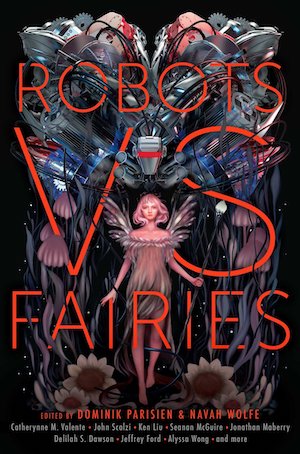
Sarah Gailey is a master of all written forms, but this short story of theirs is a particular favorite of mine. Our narrator is a fairy of sorts, seeking to have some sort of evil fun with a young human boy who is tossing bread to ducks. The fairy shifts themselves into a duck, and does their best to convince the boy to come into the pond so they can drown him—a most delightful fairy pastime—but the fairy must transform themselves into a cat and a deer to eventually win an invitation into the grown boy’s home.
Twist after twist means things do not go as the fairy had been planning, but bread is ever present through the story—first as bait, then as an impediment, and finally as a gleeful consolation.
Redwall by Brian Jacques
For feasting
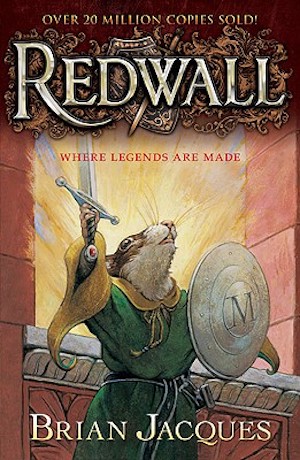
Technically I could choose any of the Redwall books, and mention of bread, ale, mushrooms, pie, and other delectable bites would spill from the pages. This long and beloved fantasy series by Brian Jacques chronicle the animals who live in Redwall Abbey and the surrounding Mossflower Wood, and they can best be summed up by the following three elements: talking critters, ham-fisted good vs. evil, and food.
Much has been made of the great feasts in Redwall, which all conjure up feelings of coziness, of seasonal bounty, of the (justifiable) worship of cream. Not only are there pages and pages of yummy food mentioned in the books, but Redwall has inspired dozens of cookbooks, so you can recreate these scrumptious comforting rodent feasts in your own home.
Like Water for Chocolate by Laura Esquivel
For childhood nostalgia in the face of impending family drama
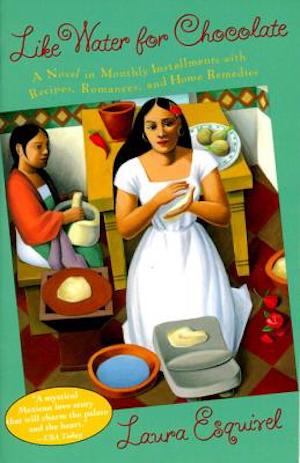
Laura Esquivel’s masterpiece is about Tita, the youngest of the De La Garza family, who falls in love with Pedro. But Tita is forbidden to marry, since tradition dictates that she should remain single and take care of her aging mother until she dies. Tita infuses everything she cooks with whatever emotion she’s feeling—if she cries while making cake, everyone who eats the cake will be violently sick. If she is feeling lustful when she makes quail in rose petal sauce, her older sister, who eats the quail, will throw herself at a revolutionary soldier and end up in a brothel.
The book is divided into months, and each month introduces a corresponding recipe. September’s recipe is for hot chocolate and three kings’ day bread, which Tita bakes while fretting over her possible pregnancy by Pedro. As she folds the candied fruit and the porcelain doll into the dough, Tita also reflects on the simplicity of her childhood, on how easy it was to make wishes and feel lucky if you got the slice of three kings’ day bread that contained the doll. Three kings’ day bread is not just a recipe for Tita, it’s a memory, and by the time the spiced bread comes out of the oven, the scent of cinnamon and anise and citrus filling the kitchen, its powerful nostalgia has worked its magic on the rest of Tita’s family, too.
Recipe for three kings’ day bread
Gingerbread by Helen Oyeyemi
For spite
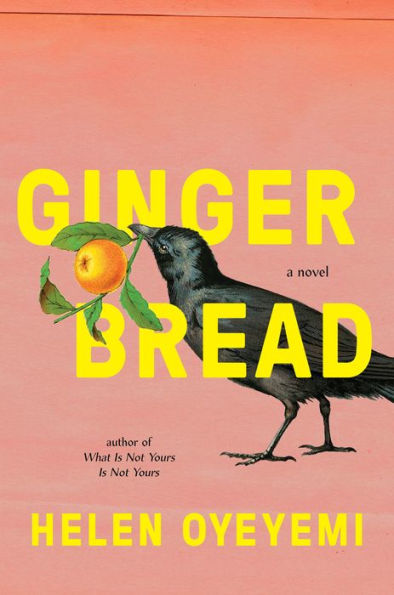
Gingerbread is a fairy tale, but it’s a fairy tale through a splintered magnifying glass. Helen Oyeyemi’s work is always challenging, always striking, and always magical, and this is no exception. Telling the story of Perdita Lee, who lives with her mother in London, and theirs is a strange existence. Their house is warped and full of interesting wallpapers and stairways and dolls, and at the center of the novel is a family recipe for gingerbread that derives from the fictional country of Druhastrana.
This is not comfort food. This gingerbread is not a happy Christmastime treat, it is used as a bribe, a poison, a gift, a threat, a celebration, an heirloom. Eating this gingerbread is like a revenge, says Oyeyemi. And yet it sounds delicious all the same.
The Bear and the Nightingale by Katherine Arden
For protection and a fostering of community
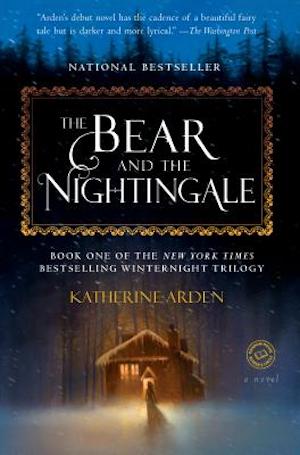
In medieval Russia, troublesome daughter Vasilisa gets a pious, superstitious new stepmother, and everyone in the village is commanded to pray to the Christian god in the chapel, ignoring the demons and sprites that have always kept the people safe. But Vasilisa befriends the house demons—the domovoi near the stove, the rusalka in the streams, the dvorovoi in the stables—and to keep them alive, she brings them her bread.
Katherine Arden’s Winternight trilogy is stunning and complex, romantic and adventurous. Part of what makes it feel timeless is its inclusion of Russian folklore, which is weaved into the story with minimal handholding for the reader. And Arden never shies away from the difficult realities of winter in Russian peasant villages—for Vasilisa to give her bread to the house spirits means she herself will go hungry, but tradition motivates her, as does a sense of community and heroism—and handing over her bread, which is all she has to give, is a worthy sacrifice.
Recipe for Russian black bread
***
Buy the Book
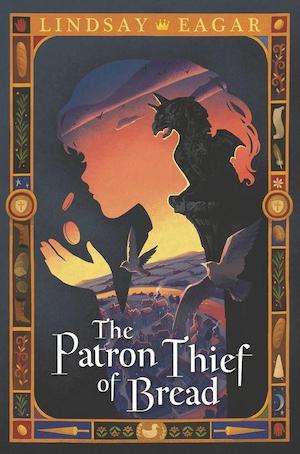

The Patron Thief of Bread
Lindsay Eagar is the highly acclaimed author of three previous middle-grade novels: Hour of the Bees, Race to the Bottom of the Sea, and The Bigfoot Files. She lives in the mountains of Utah with her husband and their two daughters.










